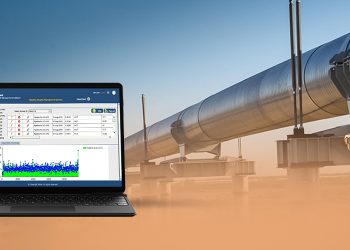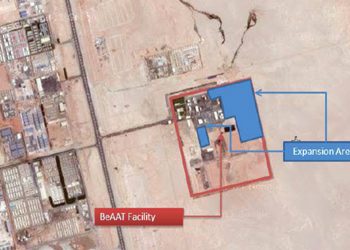Environmental Impact Assessment (EIA)

An Environmental Impact Assessment (EIA) can be described as a standard method to identify, predict, evaluate and mitigate the biophysical, social, and other appropriate effects of development proposals ahead of crucial decisions are taken and commitments are made. In short, EIA is a method of assessing the environmental impacts of a proposed project or development.
In project planning and design, EIA’s is utilized to predict environmental impacts at an early stage, find ways and means to reduce adverse impacts, shape projects to suit the local environment, and to present the predictions and options to decision-makers.
At Velosi, our environmental specialists carry out Environmental Impact Assessment to achieve both environmental and economic benefits that include less cost and time of project implementation and design, avoiding treatment as well as clean-up costs and impacts of laws and regulations.
The main goal of the EIA studies is to ensure that the decision maker considers the environmental impacts while deciding whether or not to proceed with a project.









